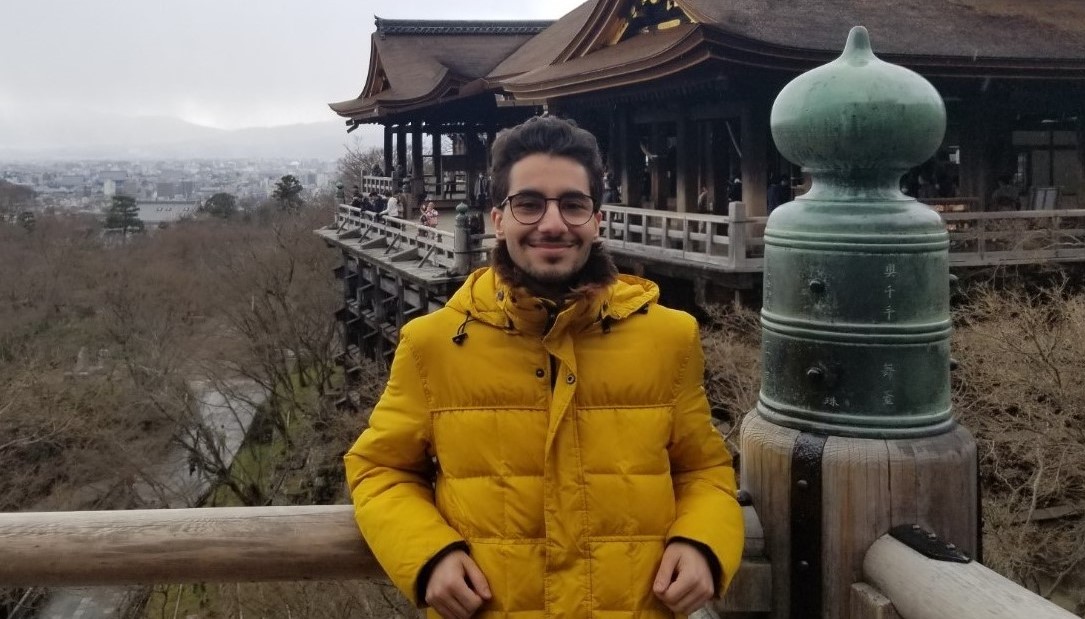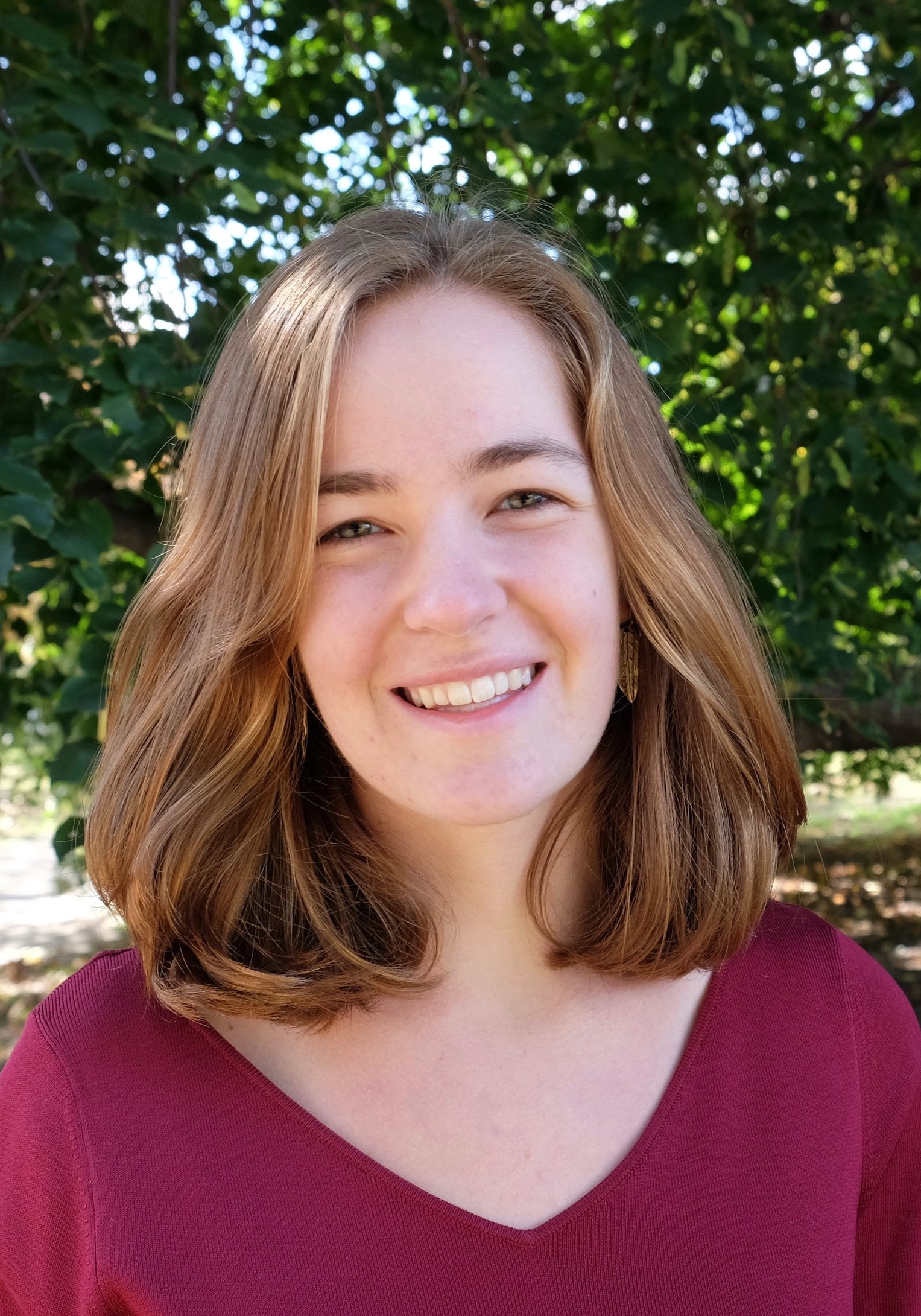Live Poster Session: Zoom Link
Thursday, July 30th 1:15-2:30pm EDT
Abstract: mRNA codons with the sequence GCN are known to be overrepresented at the beginning of the open reading frame (ORF) of highly expressed yeast genes. This conserved periodicity suggests that these GCN repeats may play a role in regulating protein translation. The structural basis of this preference for GCN codons can be investigated using Molecular Dynamics (MD) simulations. Previous MD studies show at when the codon directly downstream of the A-site (the +1 codon) has the sequence GCU, the +1 codon interacts with the C1054-A1196-R146 (CAR) interaction surface of the ribosome through hydrogen bonding. Furthermore, the CAR surface is anchored to the wobble tRNA and the three CAR residues form a stable interaction surface through pi stacking of the nitrogenous bases of C1054 and A1196 and the guanidinium group of R146. This transient interaction between the ribosome and the mRNA likely plays a role in translation efficiency. To determine whether hydrogen bonding and stacking of the CAR surface is modulated by the mRNA sequence, we conducted MD simulations of the decoding center with different +1 codon substitutions. We created and simulated all 16 possible codon sequences with a uracil at position 3. These substitutions showed decreased hydrogen-bonding between the +1 codon and CAR and disruption of the stacking of the wobble tRNA to C1054 and the guanidinium group of R146 to A1196. Thus, the interaction of the CAR surface with mRNA is sequence dependent.
Summer_2020_MDPoster-Abdelrahman-ElsayedLive Poster Session: Zoom Link
Thursday, July 30th 1:15-2:30pm EDT





Excellent poster! It has been a pleasure collaborating with you this summer! We have gotten so much done despite all the setbacks. The cream always rises to the top. I wish each of you a restful August and look forward to seeing you in the fall! Enjoy NOT having to wake up for our 8AM WeirLab Comp Group meetings!
best,
Prof. Thayer